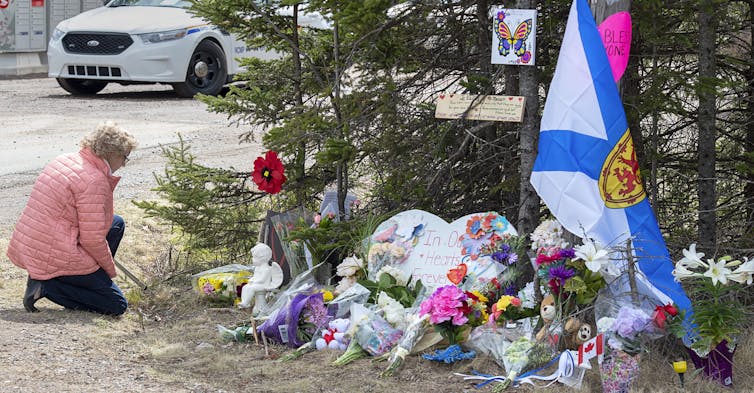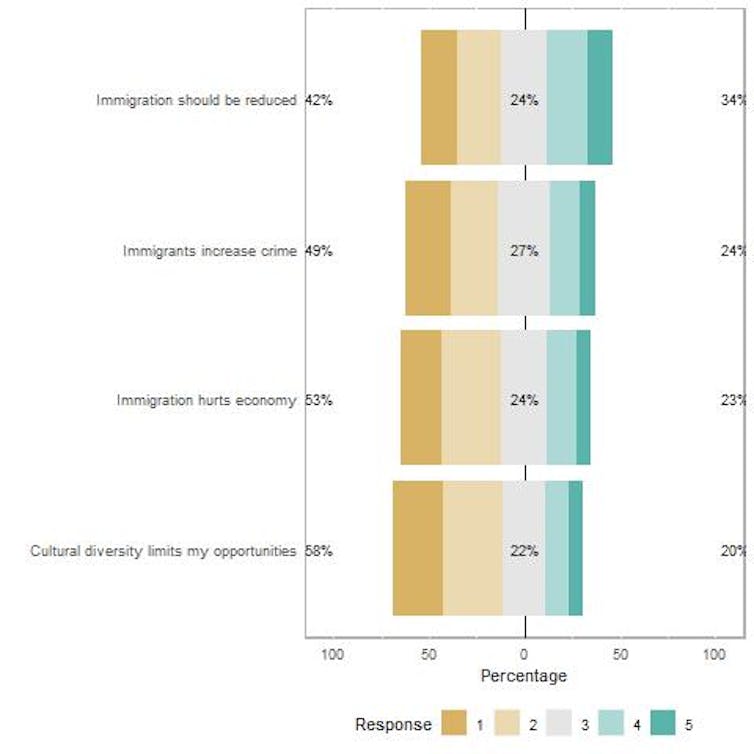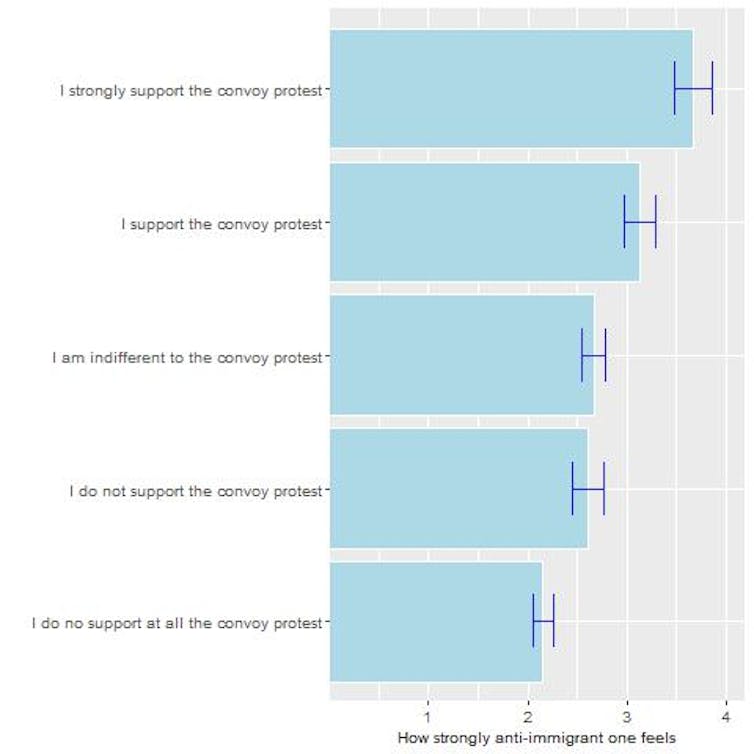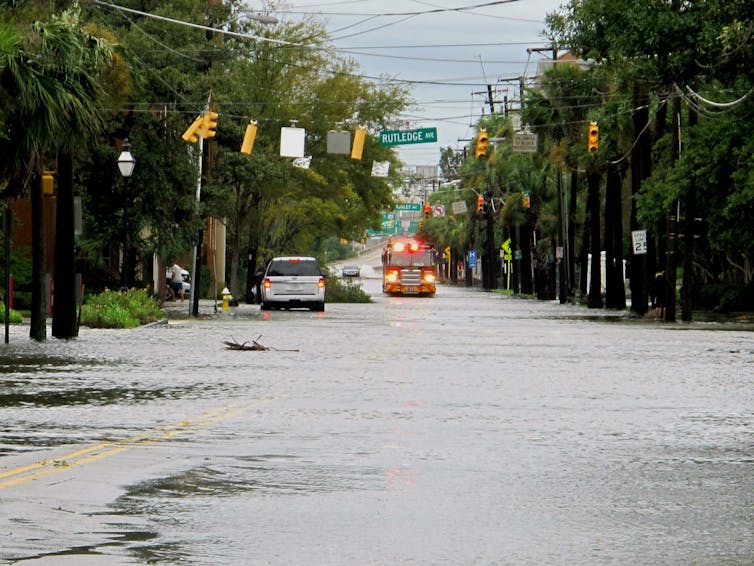Visa and Mastercard both recently agreed to remove their no-surcharge rule, leaving businesses free to pass these fees along to customers. (Shutterstock)
THE CONVERSATION
Published: November 15, 2022
Canada has some of the highest interchange fees in the world. Interchange fees are the fees businesses pay each time their customers pay by credit card.
The average interchange fee in Canada is about 1.5 per cent of the transaction value, with fees typically falling between one and 2.5 per cent. The makeup of these fees can be complex, but they generally end up with the issuing bank. Credit card networks receive a much smaller proportion of the transaction.
Up until last month, credit card networks did not allow businesses to pass these fees to customers. That recently changed with the settlement of a class-action lawsuit that alleged certain banks and credit card networks conspired to set high interchange fees and prevent businesses from adding surcharges or refusing high-cost cards.
Several banks, along with Visa and Mastercard, admitted no fault but agreed to contribute to a $188 million settlement fund that will be dispersed to Canadian businesses that have accepted Visa or Mastercard since 2001.
In response to the lawsuit, Visa and Mastercard agreed to remove their no-surcharge rule, leaving businesses free to pass the interchange fee to their customers. For example, on a $50 purchase, a consumer could pay a credit card surcharge of up to $1.25.
So, what does this mean for Canadian consumers and businesses? Now that businesses are allowed to, will they add a surcharge to cover credit card fees or will they continue to absorb the cost? What should businesses know about consumers’ reactions to surcharges? And what are the costs and benefits of credit card surcharges for consumers?
Predicting customer reactions
To help businesses predict how consumers will react to credit card surcharges, we can turn to behavioural economics, which combines elements from economics and psychology to understand how and why people behave as they do in the marketplace.
Behavioural economics has long noted that people show strong diminishing reactions to both losses and gains. This means, for example, that the pain of a $10 loss is much greater than a tenth of the pain of a $100 loss. A surcharge will almost certainly enhance the “pain of paying” compared to including the fee in the overall price.

As a teenager working in our family furniture business in the U.K., I recall the time a customer angrily threw his credit card at my mother after she informed him of our credit card surcharge. But the psychology of losses and gains doesn’t provide the whole picture here — part of the reason the customer was so angry was because he blamed us for the surcharge.
This is a reaction that businesses should rightly fear. Blame can dramatically enhance perceptions of unfairness. No one blames businesses for adding tax, but there is a strong possibility customers will blame businesses if they add credit card surcharges.
This means consumers are unlikely to support credit card surcharges, especially if they are simply added to existing prices. In fact, the U.K. banned credit card surcharges in 2018 on the basis that surcharges were simply a “rip-off fee.”
Suggestions for businesses
Although businesses can make an educated guess about how customers will react to surcharges, it is difficult to fully predict. To play it safe, most businesses in Canada will probably refrain from adding a surcharge for credit card use for the time being.
According to a Canadian Federation of Independent Business survey, most businesses either don’t plan to add the surcharge (15 per cent), aren’t sure whether they should (40 per cent) or will simply follow what others in their industry do (26 per cent). About one in five businesses (19 per cent) said they do intend to use the surcharge.
For businesses that are contemplating using the surcharge, there are better ways to implement it than simply tacking it on to existing prices. One approach involves reframing the situation for consumers by offering a discount for cash or debit, instead of adding a surcharge for credit cards.
For the same reason a separate credit card surcharge enhances the “pain of paying,” adding a discount — typically perceived as a small, separate gain — will have an outsized positive impact on customers’ reactions.

Although prices could be adjusted so this process ends up being objectively identical to an added credit card surcharge, a cash discount is also much less likely than a surcharge to be considered unfair by credit card users.
A second option is for businesses to reduce their prices before adding the surcharge, making sure customers are aware of the reduction. As long as customers perceive that a business has made efforts to lower prices first, a credit card surcharge is more likely to be seen as a charge imposed on the business, rather than an attempt by the business to boost profits.
Fees improve decision-making
If implemented appropriately, surcharges also have the potential to improve consumer decision-making by allowing consumers to make better decisions about their credit card use.
Credit cards provide benefits for consumers at a cost. In exchange for convenience, credit, rewards, and other perks, customers pay annual fees, interest, and — embedded in prices — interchange fees.
Currently, interchange fees, which are substantial, are hidden from consumers, meaning consumers cannot fully account for the costs of their decision. Not only that, cash and debit card-paying customers cannot avoid interchange fees when businesses are forced to include them in prices despite receiving none of the benefits.
Credit card surcharges, then, would allow consumers to avoid the cost if they don’t perceive the benefits to be sufficient. In other words, surcharges or cash discounts could actually help consumers make better decisions by allowing them to appropriately account for the costs of credit card use.
Professor, Marketing, Queen's University, Ontario















 Community co-op clinics are run by patients instead of sole practitioners. Doctors work as part of a team deeply engaged and responsive to their communities. (Shutterstock)
Community co-op clinics are run by patients instead of sole practitioners. Doctors work as part of a team deeply engaged and responsive to their communities. (Shutterstock)


